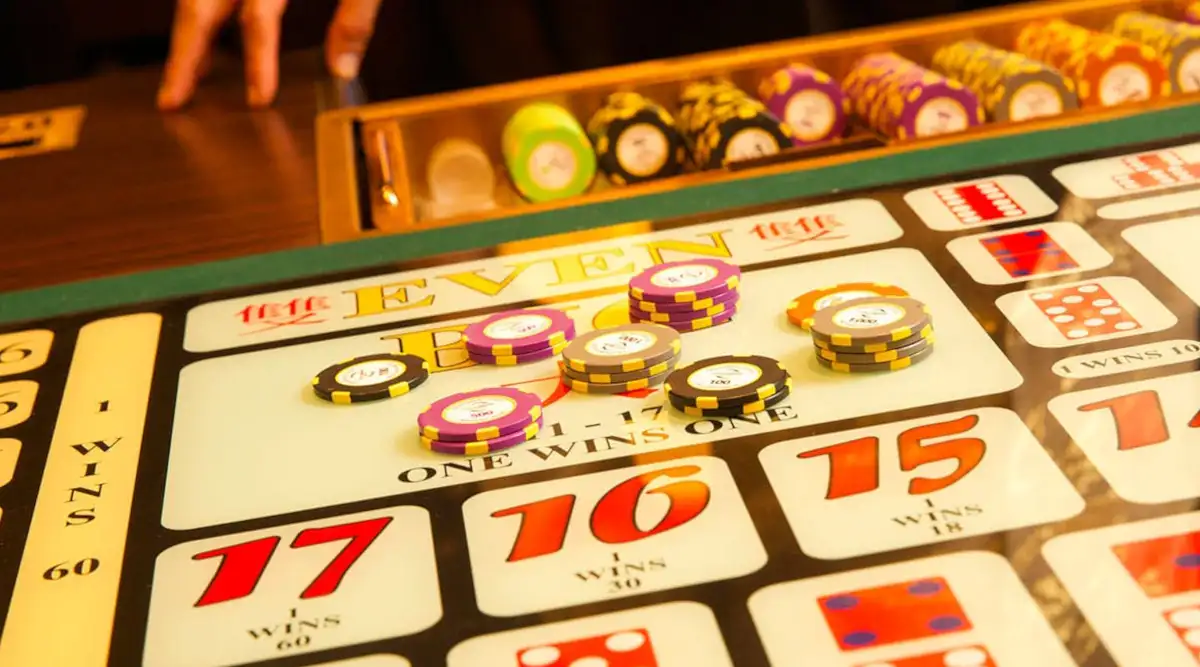Table of Contents
- Plinko Ball Mechanics Strategies and Fun Facts Ultimate Guide
- Understanding the Mechanics of Plinko Ball
- The Role of Gravity and Motion
- Design and Probability
- Exploring the Physics Behind the Game
- Mastering the Art of the Drop: Tips for Success
- Mastering the Art of Strategic Drops
- Understanding the Mechanics
- Refining Your Approach
- Fascinating Trivia About the Classic Drop Game
- Origins and Evolution
- Record-Breaking Moments
Plinko Ball Mechanics Strategies and Fun Facts Ultimate Guide
Delving into the world of interactive entertainment, one encounters a variety of engaging activities that blend chance, skill, and excitement. Among these, a particular game stands out plinko reviews for its simplicity yet captivating nature. This article aims to uncover the underlying principles, effective approaches, and lesser-known aspects that make this experience both entertaining and thought-provoking.
At its core, the game revolves around a dynamic interaction between a moving object and a series of obstacles. The unpredictable path it takes creates a sense of anticipation, while the outcome often depends on a mix of randomness and calculated decisions. Understanding the mechanics behind this process can enhance both enjoyment and success.
Beyond the surface-level appeal, there are numerous strategies that players can employ to influence the results. By analyzing patterns and making informed choices, one can increase the likelihood of achieving desired outcomes. Additionally, the game boasts a rich history and fascinating trivia that add depth to its charm, making it a timeless favorite for enthusiasts of all ages.
Understanding the Mechanics of Plinko Ball
The core concept revolves around a dynamic interaction between gravity, chance, and physical design. A small object descends through a series of obstacles, creating a visually captivating and unpredictable journey. The outcome depends on the interplay of various factors, making each drop a unique experience.
The Role of Gravity and Motion
Gravity serves as the primary force driving the movement of the object. As it falls, it encounters multiple barriers that alter its path. These barriers are strategically placed to create a random yet controlled descent, ensuring that no two trajectories are identical. The speed and direction of the object are influenced by its initial position and the angles of the obstacles it meets.
Design and Probability
The arrangement of the obstacles plays a crucial role in determining the final outcome. The spacing, shape, and angle of each barrier affect the object’s path, introducing an element of probability. This design ensures that while the process appears chaotic, it is governed by predictable physical principles. The result is a balance between randomness and structure, offering both excitement and a sense of fairness.
Exploring the Physics Behind the Game
Understanding the mechanics of this engaging activity involves delving into the principles of motion, probability, and energy transfer. The interaction between objects and their environment creates a dynamic system where chance and physical laws intertwine, offering both unpredictability and a sense of control.
Gravity plays a central role, pulling the object downward as it navigates through a series of obstacles. Each collision alters its trajectory, with momentum and friction influencing the path. The distribution of outcomes is shaped by the arrangement of barriers, creating a balance between randomness and structure.
Energy conservation is another key factor. As the object descends, potential energy converts into kinetic energy, with some lost due to impacts and air resistance. This transformation ensures that no two journeys are identical, adding to the excitement and challenge.
By analyzing these elements, one can appreciate the intricate design behind the experience. It’s a blend of science and entertainment, where every drop reveals the beauty of physics in action.
Mastering the Art of the Drop: Tips for Success
For those who enjoy the thrill of watching a small object navigate its way through a maze of obstacles, understanding the nuances of the game can significantly enhance your experience. This section delves into practical approaches to improve your chances of achieving favorable outcomes, focusing on precision, observation, and adaptability.
Begin by analyzing the structure of the board. Pay close attention to the placement of pegs and the potential paths the object might take. By identifying patterns and predicting possible trajectories, you can make more informed decisions about where to release the item. This methodical approach increases the likelihood of landing in desired zones.
Timing is another critical factor. Experiment with different release points to see how slight variations influence the final result. Consistency in your technique can lead to more predictable outcomes, allowing you to refine your strategy over time. Patience and practice are key to mastering this aspect of the game.
Lastly, stay adaptable. While certain patterns may emerge, the element of chance ensures that no two drops are identical. Embrace the unpredictability and use it to your advantage by staying open to adjusting your approach as needed. This balance of strategy and flexibility is what makes the experience both challenging and rewarding.
Mastering the Art of Strategic Drops
Success in this dynamic game of chance and precision hinges on understanding the subtle interplay between physics and decision-making. By carefully analyzing the mechanics and applying calculated approaches, players can significantly influence outcomes, turning randomness into a more controlled experience.
Understanding the Mechanics
The core of achieving consistent results lies in grasping the underlying principles of motion and collision. Each movement is governed by predictable forces, yet the path remains influenced by minute variables. Recognizing these patterns allows for more deliberate choices, enhancing the likelihood of favorable results.
Refining Your Approach
To elevate your performance, focus on timing and positioning. Small adjustments in release points can lead to vastly different trajectories. Experimentation is key–observe how slight changes impact the journey and adapt accordingly. Over time, this practice builds intuition, enabling you to anticipate outcomes with greater accuracy.
Pro Tip: Combine patience with precision. Rushing decisions often leads to suboptimal results, while a measured approach maximizes control over the process.
Remember: Mastery is not about eliminating unpredictability but learning to navigate it with confidence and skill.
Fascinating Trivia About the Classic Drop Game
This section dives into the lesser-known details and intriguing aspects of the beloved pegboard game. From its origins to unexpected records, these tidbits will deepen your appreciation for this timeless entertainment.
Origins and Evolution
- The concept traces back to the 19th century, inspired by early probability experiments.
- Modern versions gained popularity through television game shows in the late 20th century.
- Digital adaptations have brought new life to the traditional format in recent years.
Record-Breaking Moments
- Largest physical version measured over 15 feet tall, using 2,000 pegs.
- Longest continuous play session lasted 48 hours, with over 10,000 drops recorded.
- Most consecutive center slot wins: 7 in a row, with odds of 1 in 16,384.
Beyond statistics, the game has influenced various fields:
- Used in educational settings to demonstrate probability and physics principles.
- Inspired art installations exploring patterns and randomness.
- Featured in psychological studies about decision-making and risk assessment.
These fascinating aspects reveal how a simple concept has captured imaginations across generations and disciplines.













































































































